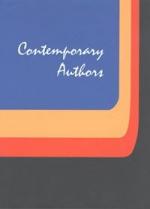|
This section contains 8,786 words (approx. 30 pages at 300 words per page) |

|
SOURCE: “Type and Eidos in Husserl's Late Philosophy,” in Philosophy and Phenomenological Research, Vol. XX, No. 2, December, 1959, pp. 147-65.
In the following essay, Schuetz explores the way Husserl uses the operative concepts of type and eidos (or essential property) in his study of perception.
In a brilliant paper presented to the “Colloque international de phénoménologie a Royaumont 1957”1 Professor Eugen Fink deals with what he calls the operative concepts in Husserl's phenomenology. He distinguishes in the work of any major philosopher between thematic and operative notions. Whereas the former aim at the fixation and preservation of the fundamental concepts, the latter are used in a vague manner as tools in forming the thematic notions; they are models of thought or intellectual schemata which are not brouught to objectifying fixation, but remain opaque and thematically unclarified. According to Fink, the notions of “phenomenon,” of “constitution,” and “performances” (Leistungen...
|
This section contains 8,786 words (approx. 30 pages at 300 words per page) |

|


